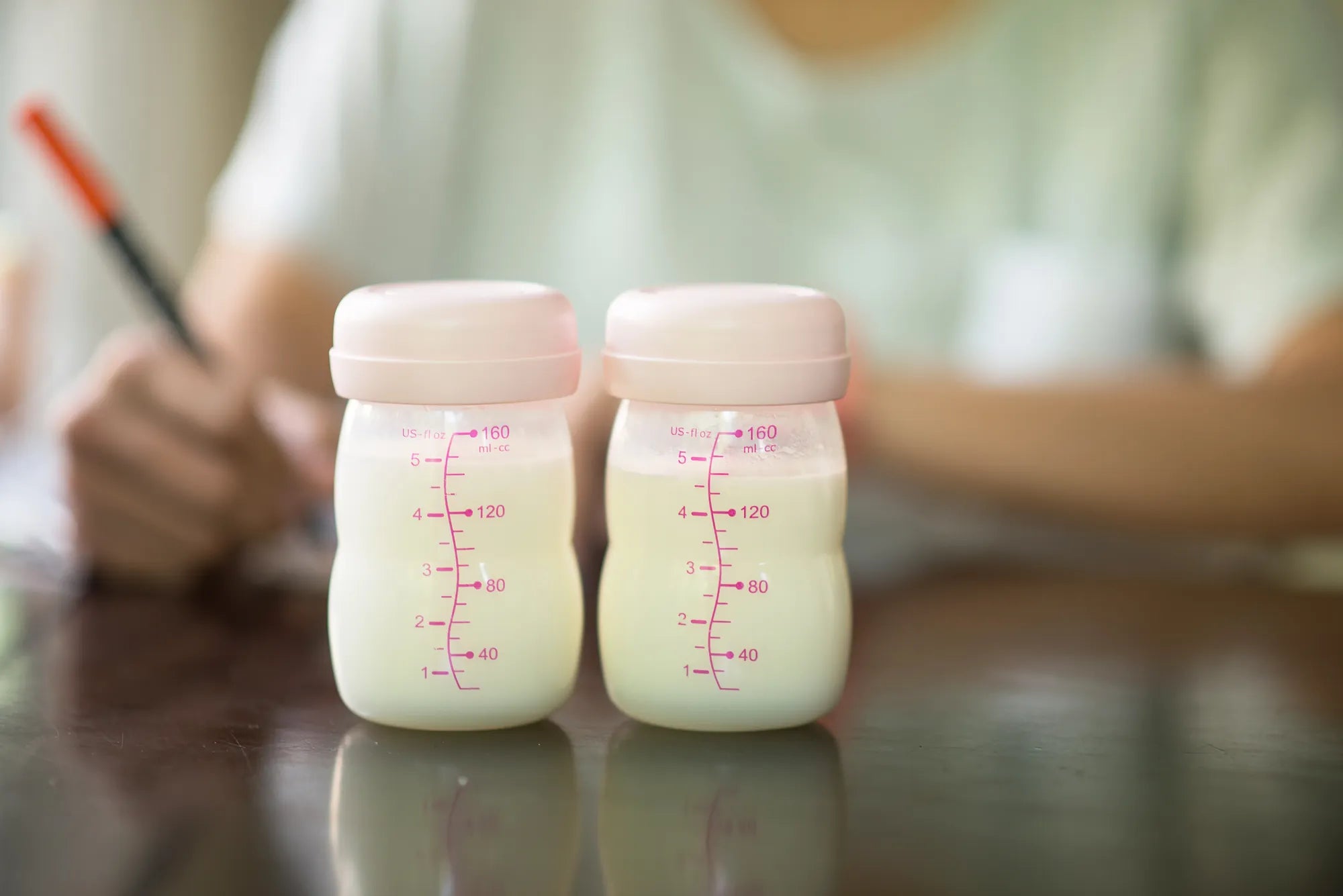Inicio
Pregnancy, Breastfeeding, and Pumping: The Ultimate Guide for Moms
What Are the Disadvantages of Using Breast Pump?

What Are the Disadvantages of Using Breast Pump?
Breast pumps have become an essential tool for many nursing mothers, offering flexibility and convenience in managing breastfeeding. However, while they can be incredibly helpful, they are not without their drawbacks. Understanding the potential disadvantages of using a breast pump can help mothers make informed decisions about their breastfeeding journey.
Physical Discomfort and Pain
One of the most common complaints among breast pump users is physical discomfort. Improper fit or incorrect usage can lead to sore nipples, bruising, and even tissue damage. Some mothers may experience pain during pumping sessions, which can make the process unpleasant and stressful.
Risk of Infection
Using a breast pump increases the risk of bacterial contamination if the equipment is not properly cleaned and sterilized. Mastitis, a painful breast infection, is a potential risk for mothers who use breast pumps frequently. Ensuring proper hygiene and maintenance of the pump is crucial to minimize this risk.
Time-Consuming Process
Pumping breast milk can be a time-consuming task, especially for mothers who need to pump multiple times a day. The process of setting up the pump, expressing milk, and cleaning the equipment can take a significant amount of time, leaving less time for other responsibilities or self-care.
Emotional and Psychological Stress
For some mothers, using a breast pump can lead to feelings of inadequacy or stress. The pressure to produce enough milk, combined with the physical demands of pumping, can take a toll on mental health. Additionally, the lack of physical bonding during pumping can be emotionally challenging for both mother and baby.
Impact on Milk Supply
While breast pumps can help maintain milk supply, they can also have the opposite effect if not used correctly. Inefficient pumping or infrequent sessions can lead to a decrease in milk production. It’s important for mothers to establish a consistent pumping routine to avoid this issue.
Financial Costs
High-quality breast pumps can be expensive, and the cost of replacement parts and accessories can add up over time. For mothers on a tight budget, the financial burden of purchasing and maintaining a breast pump can be a significant disadvantage.
Inconvenience and Portability Issues
Breast pumps, especially larger models, can be bulky and difficult to transport. For mothers who need to pump on the go, the inconvenience of carrying and setting up the pump can be a major drawback. Portable options are available, but they may not be as effective or comfortable as larger models.
Potential for Over-Reliance
Some mothers may become overly reliant on breast pumps, using them as a substitute for direct breastfeeding. This can lead to a decrease in the natural bonding experience between mother and baby, as well as potential issues with milk supply and breastfeeding technique.
Social and Cultural Stigma
In some cultures or social settings, using a breast pump may be viewed negatively. Mothers may feel judged or uncomfortable using a breast pump in public or around others, adding to the stress and challenges of breastfeeding.
Impact on Sleep and Rest
Pumping breast milk, especially during the night, can disrupt sleep patterns and lead to fatigue. The need to wake up for pumping sessions can make it difficult for mothers to get adequate rest, affecting their overall well-being.
While breast pumps offer numerous benefits, it’s important to weigh these against the potential disadvantages. By understanding the challenges associated with using a breast pump, mothers can make informed decisions that best suit their needs and circumstances. Whether you choose to use a breast pump or not, the most important thing is to prioritize your health and the well-being of your baby.
Compartir
